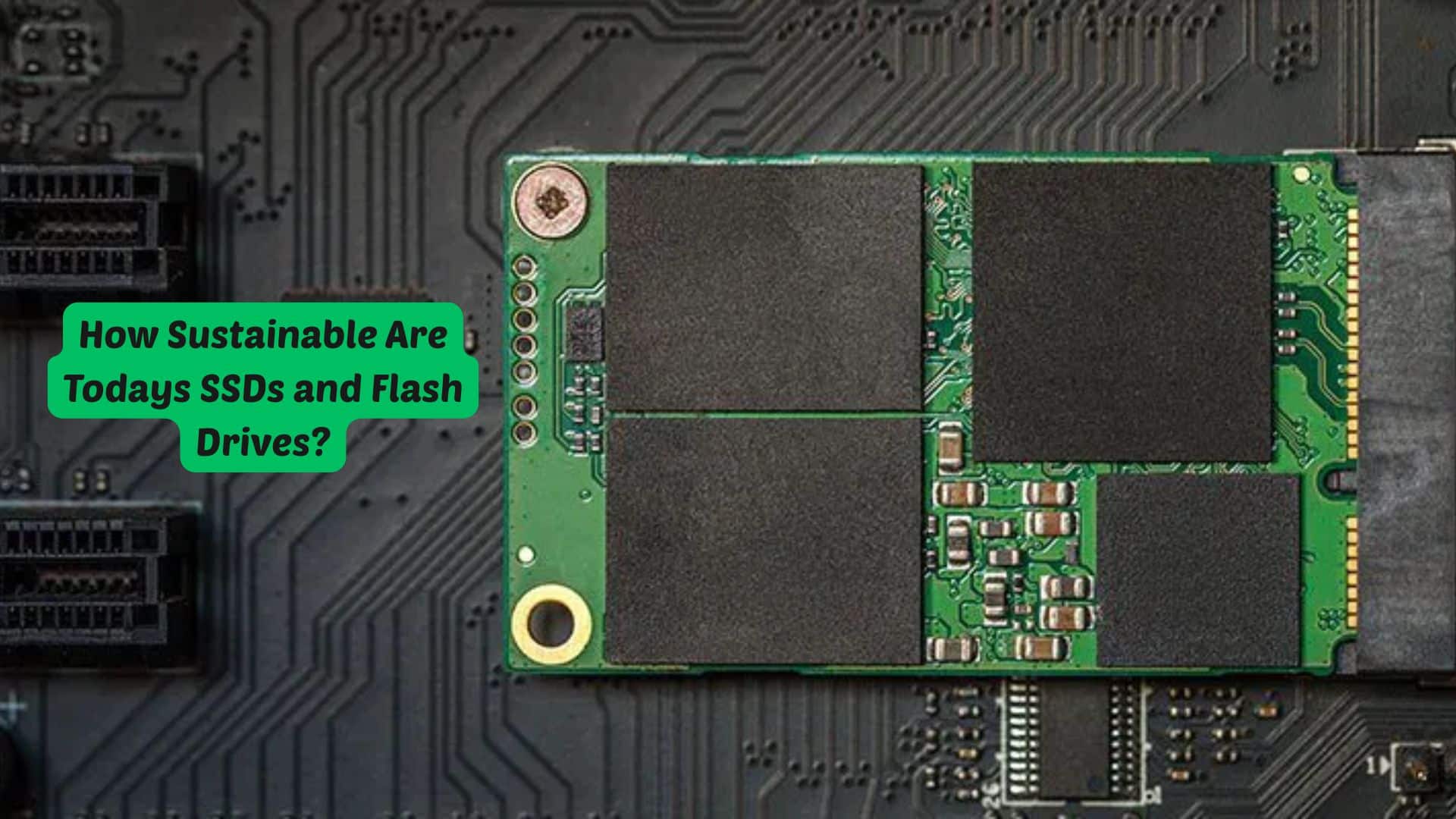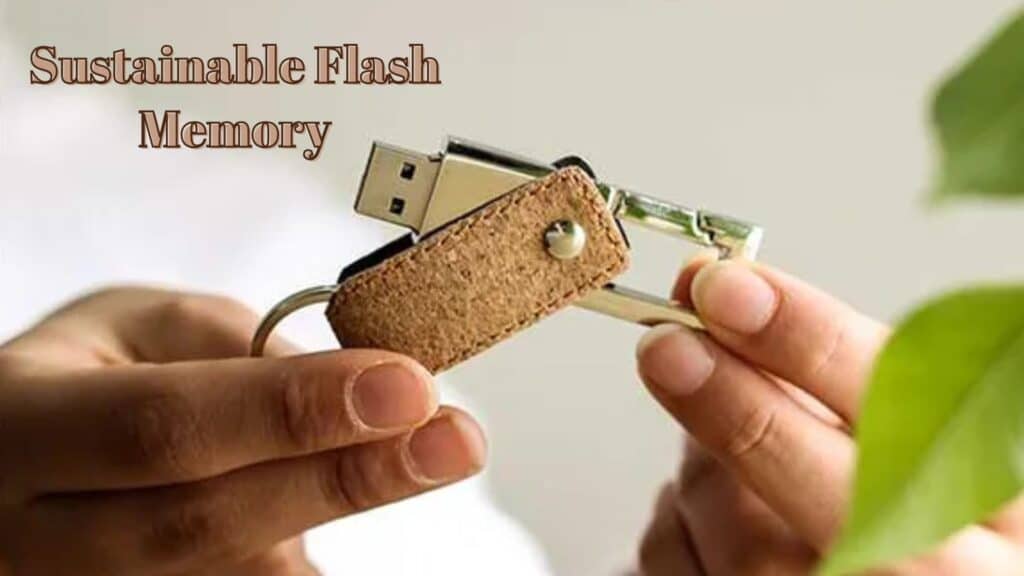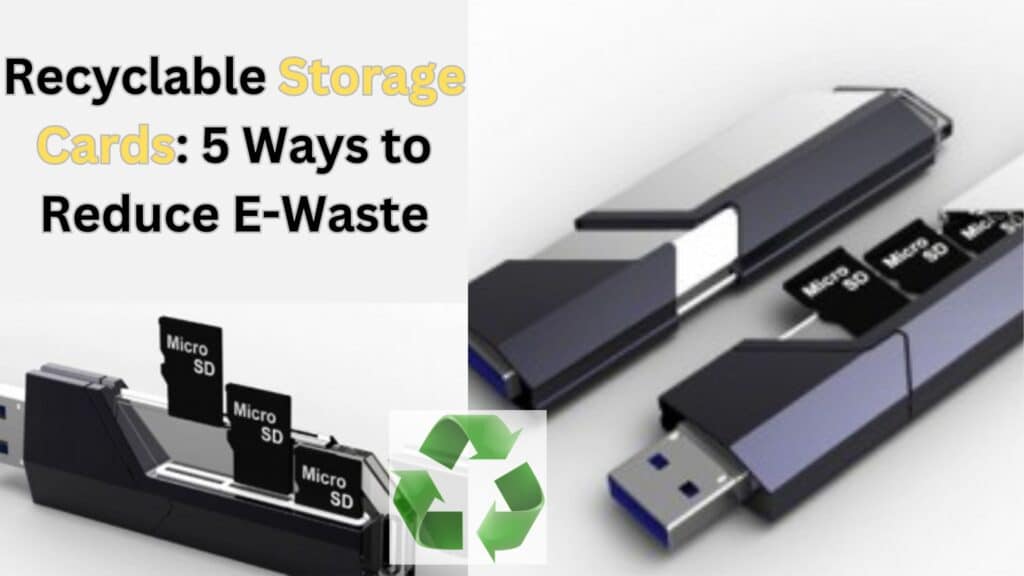How Sustainable Are Todays SSDs and Flash Drives?

In an era where electronic waste is a growing concern, the sustainability of storage devices like the SSDs M.2 solid state drive, solid state disk drive, and USB flash drives is an important topic. While SSD and flash storage have revolutionized data access with their speed and efficiency, questions remain about their environmental impact, longevity, and recyclability. How sustainable are these devices, and what can be done to improve their eco-friendliness? Let’s explore.
Understanding SSD and Flash Storage Technology
Before diving into sustainability, it’s crucial to understand what SSD and flash storage devices are.
What Is a Solid State Disk Drive?
A solid state disk drive (SSD) is a storage device that uses NAND flash memory instead of the spinning platters found in traditional hard disk drives (HDDs). This design allows for faster read/write speeds, lower power consumption, and greater durability.
What Is an M.2 Solid State Drive?
An M.2 solid state drive is a compact SSD designed for high-speed performance. It connects directly to the motherboard via the PCIe interface, offering superior speed compared to traditional 2.5-inch SATA SSDs.
What Are USB Flash Drives?
USB flash drives are small, portable storage devices that use flash memory. They are commonly used for transferring files between devices and backing up important data.
While these storage solutions are efficient and reliable, their production, usage, and disposal raise sustainability concerns.
Environmental Impact of SSDs and Flash Drives
1. Manufacturing Process and Carbon Footprint
The production of SSD including the solid state disk drive and M.2 solid state drive, involves extracting rare earth metals such as cobalt, lithium, and nickel. This process has several environmental consequences:
- High energy consumption – NAND flash memory production requires intensive semiconductor manufacturing.
- Mining impact – Extracting materials for SSD contributes to soil degradation and water pollution.
- Carbon emissions – The production process generates greenhouse gases, increasing the carbon footprint of each SSD.
USB flash drives, while smaller, also contribute to e-waste due to their short lifespan and frequent replacement.
2. Power Consumption: SSDs vs. HDDs
One sustainability advantage of SSDs over HDDs is their lower power consumption.
| Storage Type | Average Power Usage (Watts) |
| HDD | 6–10W |
| 2.5-inch SATA SSD | 2–3W |
| M.2 Solid State Drive | 3–5W |
| USB Flash Drives | <1W |
Lower power consumption means SSDs reduce overall energy use, making them more environmentally friendly over their lifetime compared to HDDs.
3. Lifespan and E-Waste Generation
E-waste is a significant environmental concern. While solid state disk drives last longer than HDDs due to their lack of moving parts, they are still prone to wear over time.
Average Lifespan:
- HDDs: 3–5 years
- SSDs (SATA/M.2): 5–10 years
- USB Flash Drives: 3–5 years
M.2 solid state drives and other SSDs use NAND flash memory, which has a limited number of write cycles. However, advances in storage technology, such as Wear Leveling and TRIM commands, help extend their lifespan.
Despite their longevity, SSD and USB flash drives are often discarded when they are no longer cutting-edge, contributing to electronic waste.
Can SSDs and Flash Drives Be Recycled?
Unlike traditional HDDs, which contain recyclable metal components, SSDs and flash drives are harder to recycle due to their circuit boards and embedded chips.
Challenges in Recycling SSDs and USB Flash Drives
- Complex construction – SSDs and USB flash drives contain multiple materials, making them difficult to separate.
- Lack of infrastructure – Many e-waste recycling centers do not have the technology to properly recycle SSDs.
- Data security concerns – Users often discard SSDs without properly erasing sensitive data.
Solutions for More Sustainable Disposal
- Donate or Repurpose Old Drives – Older M.2 solid state drives and USB drives can be repurposed for secondary storage.
- Use Certified E-Waste Recyclers – Look for programs that handle SSD recycling responsibly.
- Securely Wipe Data Before Disposal – Use software like DBAN or manufacturer tools to erase sensitive information.
How Manufacturers Are Making SSDs More Sustainable
Tech companies are working toward greener SSD production by:
1. Using Recycled Materials
Manufacturers like Samsung and Western Digital are exploring ways to incorporate recycled materials into SSD casing and packaging.
2. Improving NAND Flash Longevity
Advancements in QLC and TLC NAND flash technology have increased endurance, reducing the need for frequent replacements.
3. Enhancing Energy Efficiency
Newer M.2 solid state drives come with low-power states, allowing them to use minimal energy when idle.
4. Offering Trade-In and Recycling Programs
Some brands now offer SSD trade-in programs, encouraging users to return old storage devices instead of throwing them away.
Sustainable Storage Alternatives
If you’re concerned about sustainability but still need reliable storage, consider these alternatives:
1. Cloud Storage
Cloud services like Google Drive, Dropbox, and OneDrive allow users to store files online, reducing the need for physical storage devices. However, keep in mind that data centers consume massive amounts of energy.
2. External HDDs for Long-Term Storage
While solid state disk drives are faster, HDDs still serve as a viable option for long-term backups. Some of the best external HDDs are designed with eco-friendly materials and energy-saving features.
3. Hybrid Solutions (SSHDs)
A hybrid drive (SSHD) combines SSD speed with HDD storage capacity, offering a balance between performance and sustainability.
Final Thoughts: Are Today’s SSDs and Flash Drives Sustainable?
While SSDs, including M.2 solid state drives, are more energy-efficient than HDDs, their sustainability remains a challenge due to complex recycling issues and raw material extraction. USB flash drives also contribute to e-waste, though they use less power.
How Can You Make More Sustainable Storage Choices?
✅ Choose high-quality SSDs with longer lifespans to reduce replacements.
✅ Repurpose old SSDs and USB flash drives instead of discarding them.
✅ Recycle through certified e-waste programs.
✅ Opt for cloud storage when appropriate to minimize physical waste.
In the future, innovations in solid state disk drive technology and eco-friendly manufacturing may help make SSDs and flash drives more sustainable. Until then, conscious consumer choices can help reduce their environmental impact.
Would you consider upgrading to an eco-friendly SSD? Share your thoughts in the comments!




